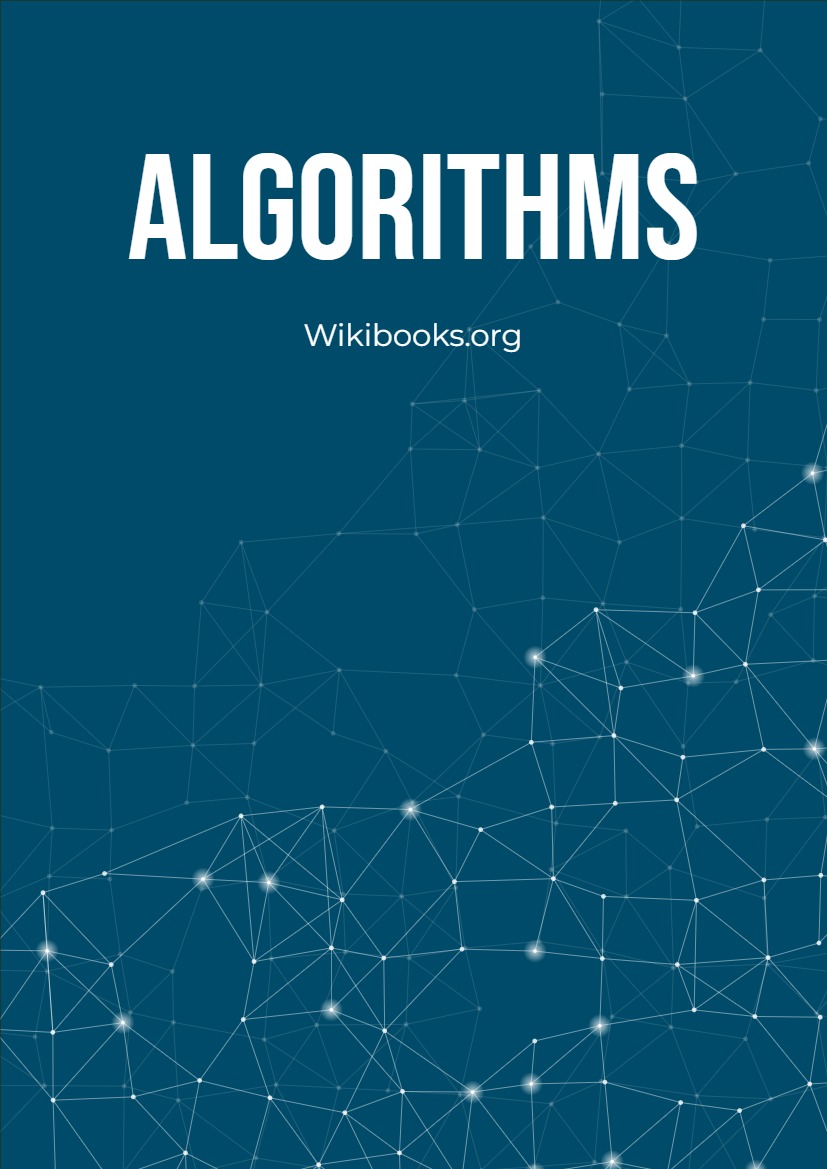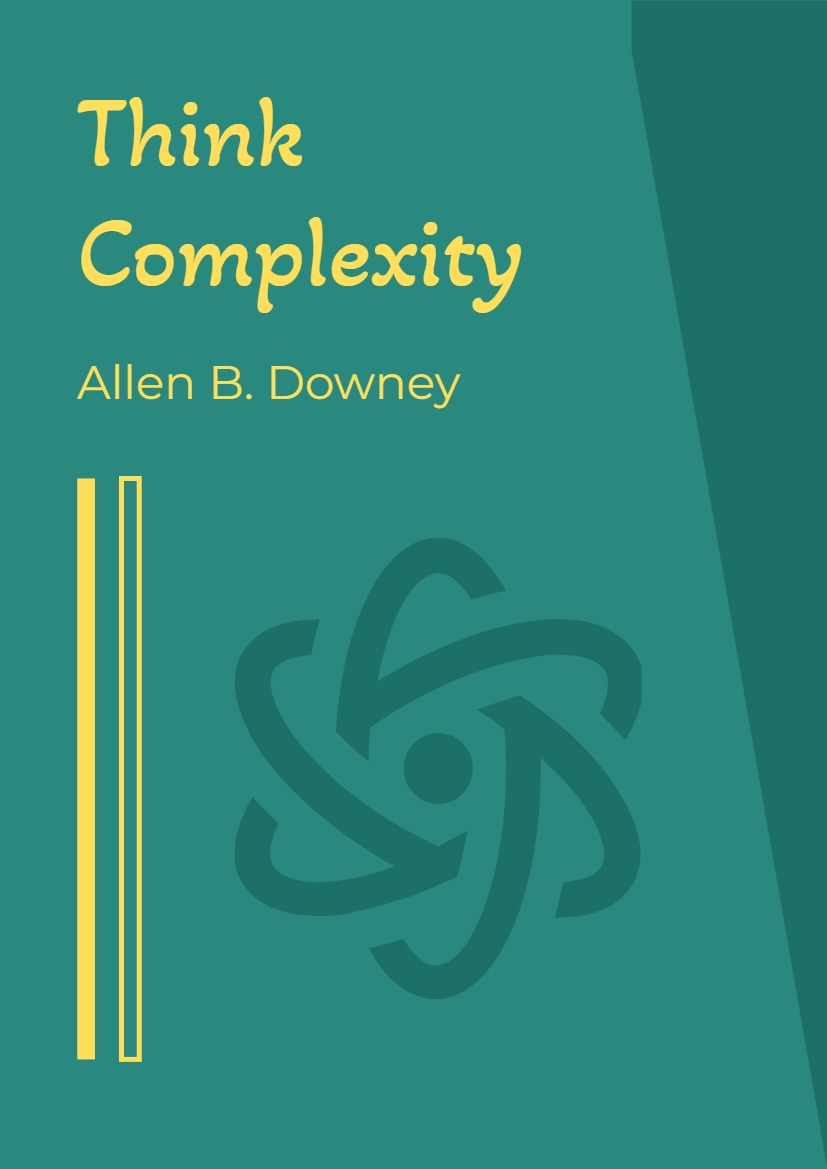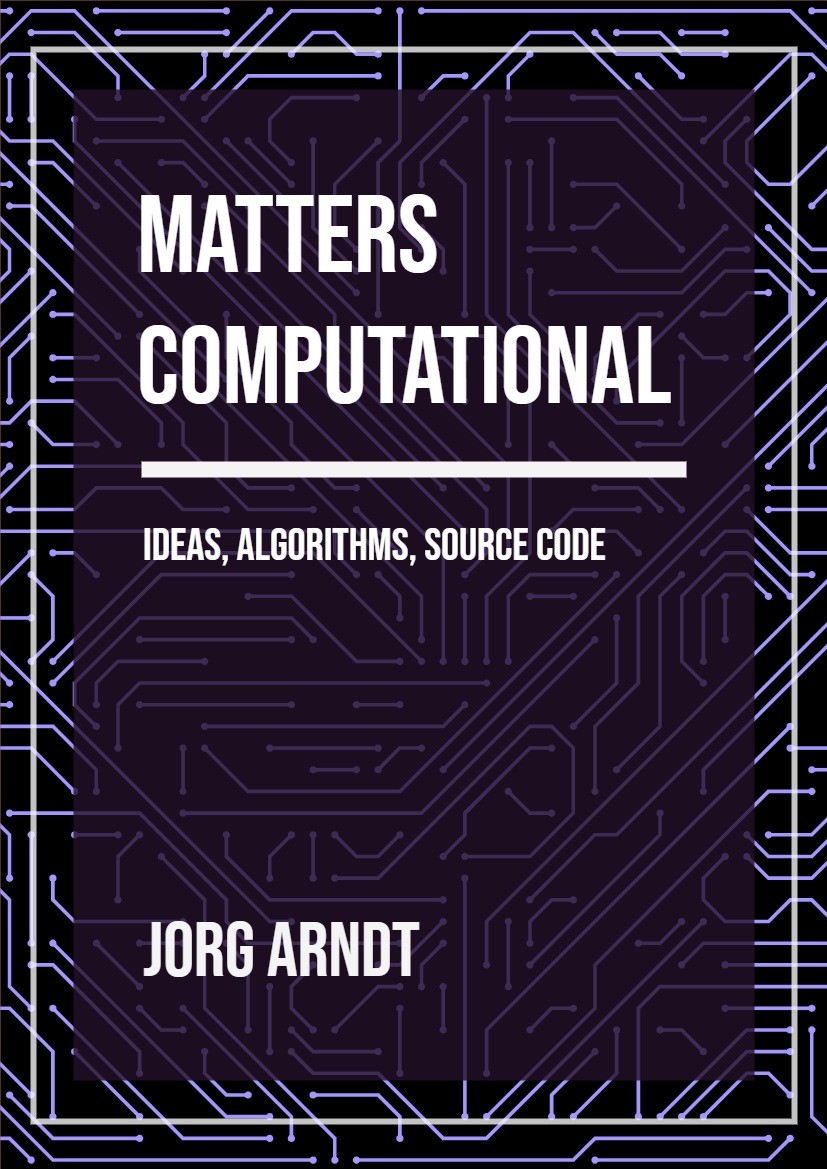Introduction This book covers techniques for the design and analysis of algorithms. The algorithmic techniques covered include: divide and conquer, backtracking, dynamic programming, greedy algorithms, and hill-climbing. Any solvable problem generally has at least one algorithm of each of the following types:
1. the obvious way;
2. the methodical way;
3. the clever way; and
4. the miraculous way.
On the first and most basic level, the “obvious” solution might try to exhaustively search for the answer. Intuitively, the obvious solution is the one that comes easily if you’re familiar with a programming language and the basic problem solving techniques.
The second level is the methodical level and is the heart of this book: after understanding the material presented here you should be able to methodically turn most obvious algorithms into better performing algorithms.
The third level, the clever level, requires more understanding of the elements involved in the problem and their properties or even a reformulation of the algorithm (e.g., numerical algorithms exploit mathematical properties that are not obvious). A clever algorithm may be hard to understand by being non-obvious that it is correct, or it may be hard to understand that it actually runs faster than what it would seem to require.
The fourth and final level of an algorithmic solution is the miraculous level: this is reserved for the rare cases where a breakthrough results in a highly non-intuitive solution.
Naturally, all of these four levels are relative, and some clever algorithms are covered in this book as well, in addition to the methodical techniques. Let’s begin.
1.1 Prerequisites To understand the material presented in this book you need to know a programming language well enough to translate the pseudocode in this book into a working solution. You also need to know the basics about the following data structures: arrays, stacks, queues, linked-lists, trees, heaps (also called priority queues), disjoint sets, and graphs.
Additionally, you should know some basic algorithms like binary search, a sorting algorithm (merge sort, heap sort, insertion sort, or others), and breadth-first or depth-first search.
If you are unfamiliar with any of these prerequisites you should review the material in the Data Structures book first.
1.2 When is Efficiency Important?
Not every problem requires the most efficient solution available. For our purposes, the term efficient is concerned with the time and/or space needed to perform the task. When either time or space is abundant and cheap, it may not be worth it to pay a programmer to spend a day or so working to make a program faster.
However, here are some cases where efficiency matters:
• When resources are limited, a change in algorithms could create great savings and allow limited machines (like cell phones, embedded systems, and sensor networks) to be stretched to the frontier of possibility.
• When the data is large a more efficient solution can mean the difference between a task finishing in two days versus two weeks. Examples include physics, genetics, web searches, massive online stores, and network traffic analysis.
• Real time applications: the term “real time applications” actually refers to computations that give time guarantees, versus meaning “fast.” However, the quality can be increased further by choosing the appropriate algorithm.
• Computationally expensive jobs, like fluid dynamics, partial differential equations, VLSI design, and cryptanalysis can sometimes only be considered when the solution is found efficiently enough.
• When a subroutine is common and frequently used, time spent on a more efficient implementation can result in benefits for every application that uses the subroutine. Examples include sorting, searching, pseudorandom number generation, kernel operations (not to be confused with the operating system kernel), database queries, and graphics.
In short, it’s important to save time when you do not have any time to spare.
When is efficiency unimportant? Examples of these cases include prototypes that are used only a few times, cases where the input is small, when simplicity and ease of maintenance is more important, when the area concerned is not the bottle neck, or when there’s another process or area in the code that would benefit far more from efficient design and attention to the algorithm(s).











